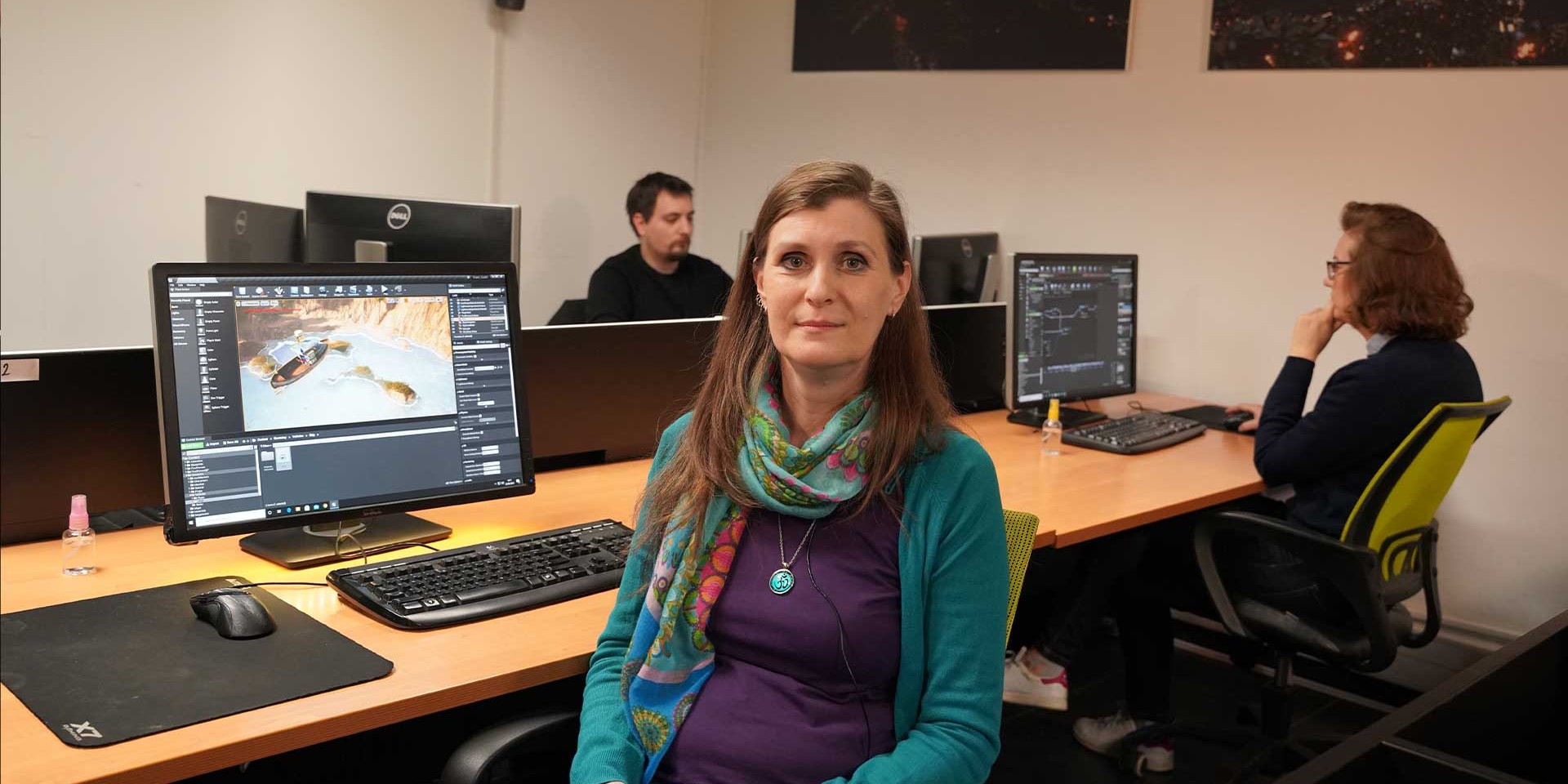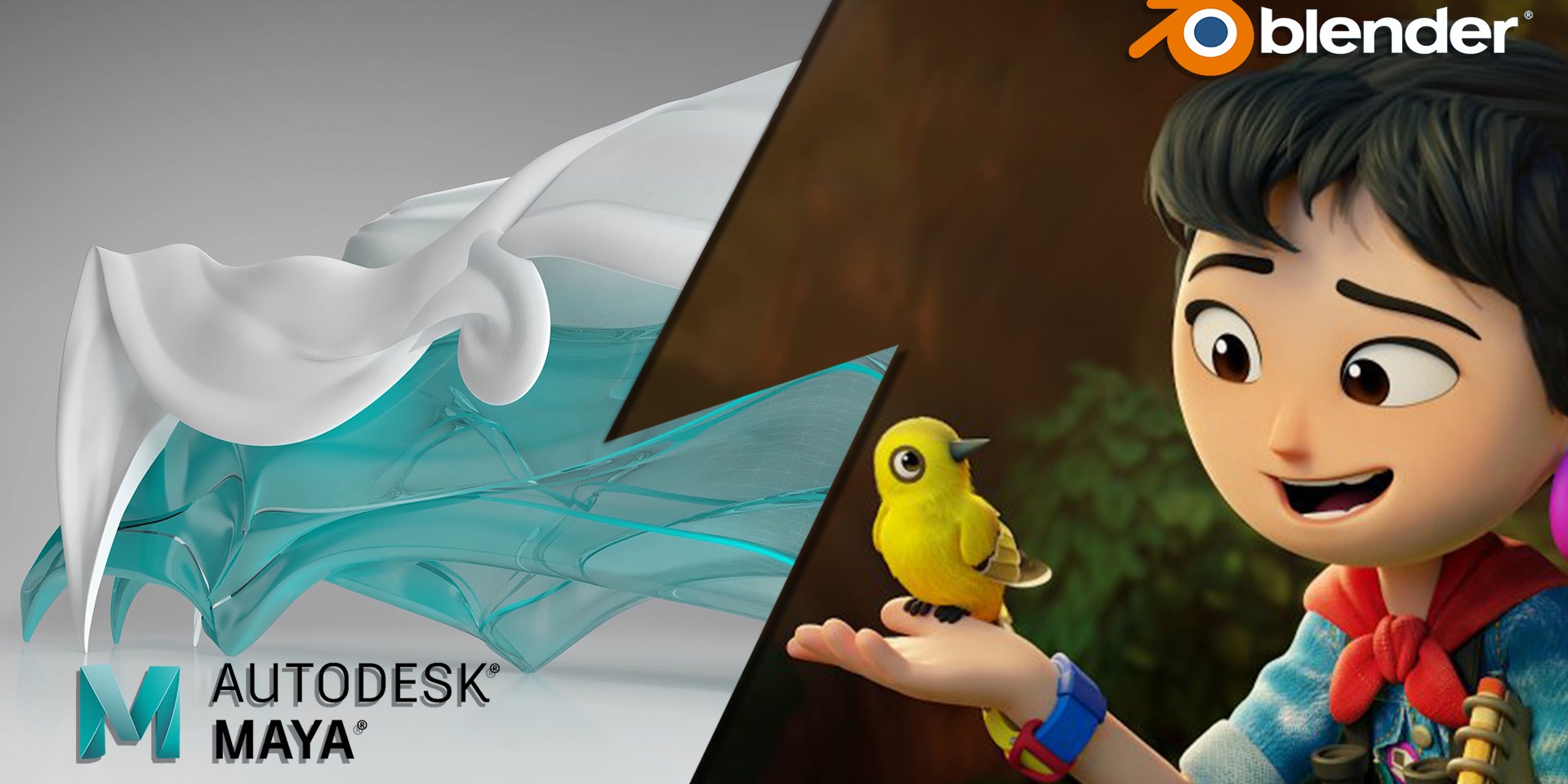Endless Possibilities of Unreal Engine, an Unprecedented Industry Standard
Years ago, Unreal Engine practically dominated the world of gaming. Yet, in recent years, it found its purpose in various other industries that have little to do with multiplayer shooter games.
The public was introduced to the software back in 1998 through the Epic Games‘ original game called Unreal. After the initial release, the company spent more than two decades experimenting with its features and business models. The story moves forward to another level in 2014 when Unreal Engine 4 gets released. UE4 features Blueprints, an advanced visual scripting language, or Blueprints, suitable for visual programming, which allows any scene to get created without a line of code. This was a breakthrough in video game development that made Unreal Engine appealing to technical artists and game designers. Once the source code written in C++ became available to everyone on the GitHub platform, professionals from other creative industries unrelated to gaming got acquainted with UE4’s endless list of creative possibilities. Shortly afterward, the Engine became free for everyone – with a mandatory fee of 5% for anyone who uses it to generate revenue. A few years and hit titles later, this proved to be a vastly successful business model. And above all, it skyrocketed Unreal Engine as a synonym for quality. No, many more games are getting in line for the Unreal Engine 5 “makeover”, including a global phenomenon called Fortnite.
Today, Epic Games actively supports the education of new UE users through various initiatives. To a large extent, this is being done to attract new commercial projects but also to urge new users to implement their software in a wide range of scientific and creative fields. One such initiative is Train the Trainers, a UE course for educators from Serbia’s leading universities, which Epic supported through the MegaGrant program.
As a powerful tool that enables an intuitive process of creating interactive content in real-time, UE can be used in countless ways and, thus, support the emergence of interesting, innovative projects. Below is the list of industries in which the UE has already found its place and purpose.
1. Video game industry
Unreal Engine has been the standard in gaming for a long time, with photorealistic quality as its main advantage. It is most frequently used in making 3D games for PCs and consoles, although some developers also use it to develop impressive 2D projects. In this sense, it is more advanced than other engines because it offers out-of-the-box tools that are especially useful for non-developers.
Yet, when it comes to developing video games for mobile devices, Unreal Engine might prove a bit inconvenient due to the limited file size for mobile. Meaning that the UE files must always be scaled down to work on mobile platforms, which is a step almost everyone tries to avoid. Because of this, other engines that offer modular and granular functions could get an advantage in this regard. Unreal Engine focuses on high visual quality, so it might be challenging to minimize all its features and find a good balance of visual quality and performance.
2. Animation
In recent years, Epic Games have made a big turn towards animation. More and more short animated films produced are popping up, with the Pakistani hit Allahyar and the Legend of Markhor (2018) being the first feature-length animated film made entirely in Unreal Engine. In addition, Epic and its associates are frequently working on educational programs for animators, including the Summer of Unreal.
Darko Subotin, assistant professor at the Faculty of Dramatic Arts in Belgrade and lecturer at the Crater Training Center, participated in both mentioned educational projects. As an expert in the field, Darko has a lot to say when it comes to animation in this powerful software:
Unreal Engine replaces rendering and allows a different approach to animation. In the classic approach, everything must be well thought out in advance and animated shot by shot. However, when you work in real-time, it is like theatre – users have the freedom to experiment with the frames and lighting. With Unreal Engine, you get more room to experiment with motion capture systems, which is very interesting – explains Subotin.
Finally, we have yet to see what the future holds, with Unreal Engine 5 available to the public by the beginning of 2022.
3. Film & TV
Standards in the film industry are changing at the speed of light, and it is a matter of time when the green screen will become sufficient, or at least a rarity on a commercial set. Unlike the green screen, Unreal Engine offers many more possibilities as it expands the space in real-time while simplifying the production pipeline and, thus, allowing more control over the creative process.
Apart from the production sites, Unreal Engine found its purpose in post-production, where VFX artists use it for blending live-action and CG elements. Filmmakers love Unreal Engine because it allows shorter film production and on-site revisions. All this also implies more effective feedback and communication between teams.
4. Event production and broadcast
Whether for a live broadcast or live concert production, Unreal Engine proves a safe choice. Unlike classic renderers, it creates everything in real-time, quickly and efficiently, which is why TV broadcasters love it so much. In live broadcasts, Unreal Engine plays a major role in virtual production that expands the event reality. Besides, Unreal Engine is present on live TV much more often than one might think. Some TV companies are using it for weather forecasting, and it is often used for broadcasting sports events, either for the match analysis or for the interactive result presentation.
Unreal Engine is slowly raising the live event production to a higher level. Childish Gambino recently put his audience under a white dome-shaped tent, so his VJ team had the whole sky at their disposal to create an unforgettable concert experience. Unreal Engine is also being used for virtual space live event production, although this is still a bit foreign territory for most performers. The pioneer in creating stunning virtual events is, of course, Epic Games. The Fortnite team has already become heavily involved in concert organization – in its virtual world. Whatmore, Ariana Grande headlined this year’s series of meta concerns in Fortnite.
5. Architecture
Besides gaming, Unreal Engine has found one of its most common uses in architecture, i.e., architectural visualization. Archiviz experts are loving it because it offers a great variety of features for creating photorealistic real-time visualizations, which is a significant advantage compared to other software. As Darko mentioned above – one of the mightiest powers of Unreal Engine is that it saves rendering time. Through Datasmith, you can import files from other software such as Blender, 3ds MAX, Revit, Sketchup Pro, and other software used in architecture, and it supports CAD and other formats.
In real estate, Unreal Engine is used to create VR experiences of yet undeveloped objects. Such endeavors are called virtual walkthroughs. They can be presented to clients with VR sets or via large LED screens, depending on the possibilities of the study. In any case, it is a valuable interactive experience that clients rarely resist.
Other industries
Education
With a handful of diverse features, Unreal Engine makes a perfect tool for training future professionals. In recent years, university professors have started to use Unreal Engine in their lectures, no matter what their field of expertise is. Some of them we had the privilege to meet at the Train the Trainers project.
Advertising
Advertising is in a constant race for innovation which makes Unreal Engine marketers’ greatest ally. Its use largely depends on the budget and the type of advertisement. Yet, the approach is similar to the ways they use Unreal Engine in film and television. In any case, expanded reality, either through VR and AR channels, can boost the experience of an advertised product.
Automotive
In the automotive industry, Unreal Engine is primarily used to stimulate new models, to test and improve features on models that are not yet in production.
Professional Training / Simulations
Simulations in Unreal Engine are becoming more and more common in the training of military personnel and pilots. It is frequently used for testing self-driving vehicles.
Medicine
The area we’re most excited about for opening its doors to such versatile software. For now, in some countries, Unreal Engine is used for doctor training and simulation, that is, a realistic depiction of the human body in 3D. We have yet to see what further holds in this field.
The Unreal Engine Essentials course is included in the program at the Crater Training Center and is also available online. Click here to read the course specification.
Author:
Branka Malenica










